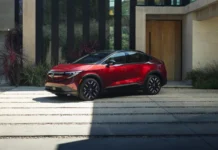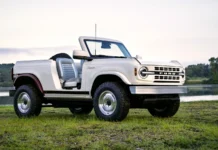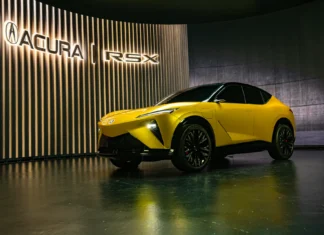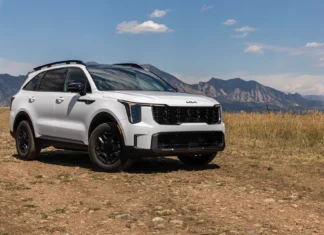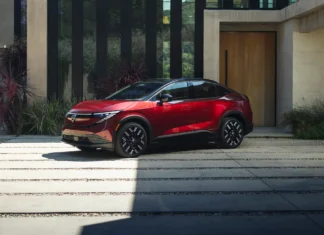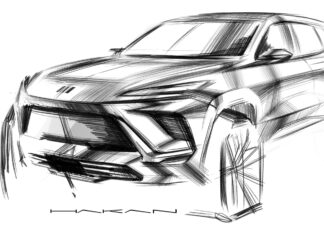Days after rumors surfaced about the Toyota 86/Subaru BRZ, we have some clarity.

The rumor mill happened to be wrong on this one. Earlier this week, we covered articles out of Japan suggesting Toyota may ax the 86 from its lineup. Naturally, with that car’s future in doubt, the fate of its twin — the Subaru BRZ — came into question. Fortunately, we have some more information on both cars in the wake of this news. Both companies confirmed their cars will not go out of production in the near future.
Toyota responded to the rumors by saying that the 86 “will continue to be a part of Toyota’s sports car lineup.” While we speculated that the Supra may indirectly replace the slow-selling 86, a company spokesperson shut the door on that idea. So too did Subaru, who reached out to CarScoops on the matter.
Subaru spokesperson Ron Kiino quickly quashed rumors about the BRZ. “We do not endorce this report coming from Japan’s Best Car,” he said. In further correspondence with CarScoops, he stated, “We are moving ahead with a next-generation Subaru BRZ, but have no further details at this time.”
So there you have it. Neither the Toyota 86 or Subaru BRZ are going away at this time. The rumors made some sense, given both cars’ relatively slow sales. What’s more, if Toyota decided to bring its entry-level Supra to the United States from Japan, it would squeeze out the 86. Toyota could also develop another sports car – say, the MR2 – as an alternative to the Supra. Both names carry clout, where some may not recognize the “86” brand right off the bat.

What changes will we see?
Subaru builds the BRZ and the 86 at its Gunma plant, so it makes sense that they’d keep it in production. Even if Toyota’s sports car perished, Subaru would still have its sports car. Not to mention the powertrain: a naturally-aspirated flat-four engine.
Now, the bigger question surrounding these rumors is this: What will we see in the next Subaru BRZ and Toyota 86? Of course, they’ll both stick with rear-wheel drive. That’s good. They’ll also remain small, lightweight, two-door coupes with engines in the front and, hopefully, a manual transmission. That would be great.
As for the power? It’s likely both companies will eke a bit more gusto from the 200 horsepower 2.0-liter engine. Some have cried out for turbocharging, although that may present a packaging issue. More than out-and-out power, engineers developing the two cars have worried about weight distribution and balance. If they can make room for a turbo without destroying the car’s handling capability, it may happen.

